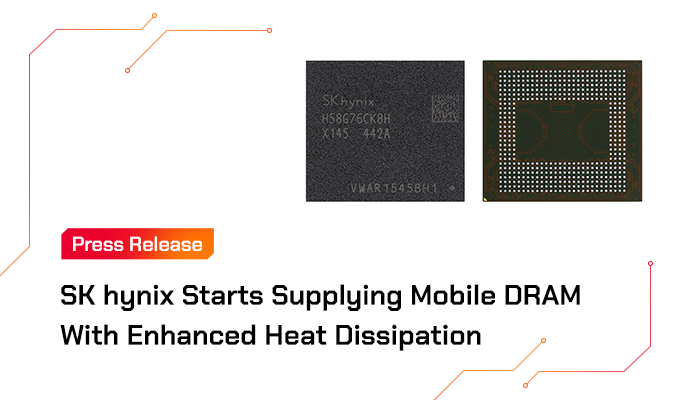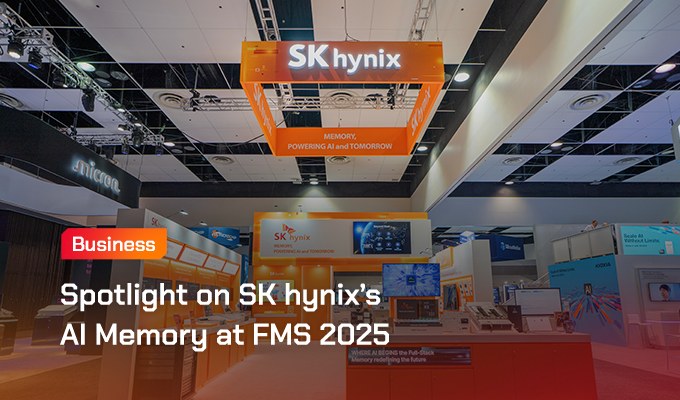– iDue to the possibility of utilizing already existing equipment, no additional investment in equipment is necessary.
– Plans to raise sales of $20 million this year, and $300 million in the year 2000.
HEI (President : Kim Young-Hwan) has released the samples of 128 DDR (Double Data Rate) Synchronous DRAM, the newly standardized next-generation high-speed memory for the first time. The product released by HEI is the first product produced for the first time that meets the standardization of PC266A(CL2). HEI has risen as the leading company in the DDR Synchronous DRAM market by releasing the samples of 128M DDR Synchronous DRAM only three months after it was designated as the supplier of DDR SDRAM based upon the fact that its superiority in quality was proven while it supplied IBM and Hewlett-Packard with 64M DDR Synchronous DRAM chips and modules (DDR SDRAM hereafter) earlier this year. The 128M DDR Synchronous DRAM developed and produced by HEI has its width of circuit of 0.22 micron (1 micron=1/a million meter), and has its consuming voltage as low as 2.5 v., and meets the standardization of PC266A(CLC) finalized by JEDEC (Joint Electron Device Engineering Council). Also, it supports various width of data bus such as 4,8, and 16 bit, supports the KLUK frequency as high as 143 MHz covering 133 MHz, and fits the products which need a large amount of memory such as PC servers and highly capable workstations since its transmitting speed is 286 Mbps (143MHz X 2) at 266Mbps (bit per second, 133 MHz X 2), more than twice as fast as the DRAMs are at the same frequency. HEI plans to achieve sales of $20 million this year and $300 million in 2000 in the DDR Synchronous DRAM market, together with the existing 64M DDR Synchronous DRAM, by concentrating upon the mass production of 128M DDR Synchronous DRAM, starting from the third quarter this year. DDR SDRAM, the next-generation high-speed DRAM agreed by the main semiconductor manufacturers such as Samsung Electronics, Fujitsu, and HEI, can be produced without additional investment in facility since it shares the same packages and processing with the existing synchronous DRAM. And also it is the next-generation memory highlighted not only as the one used for mainframe and workstations but also as the one used for graphic by major graphic companies who has been demanding the supply of 166 MHz 64M DDR Synchronous DRAM. HEI has been not only able to preoccupy the market for the high-speed memory, which is expected to be developed starting from the latter half of 1999, but also has it been able to actively respond to the changes in the market, since it carries a group of various next-generation high-speed memory products such as DDR SDRAM, Direct RAMBUS DRAM, and Virtual Channel Memory.








